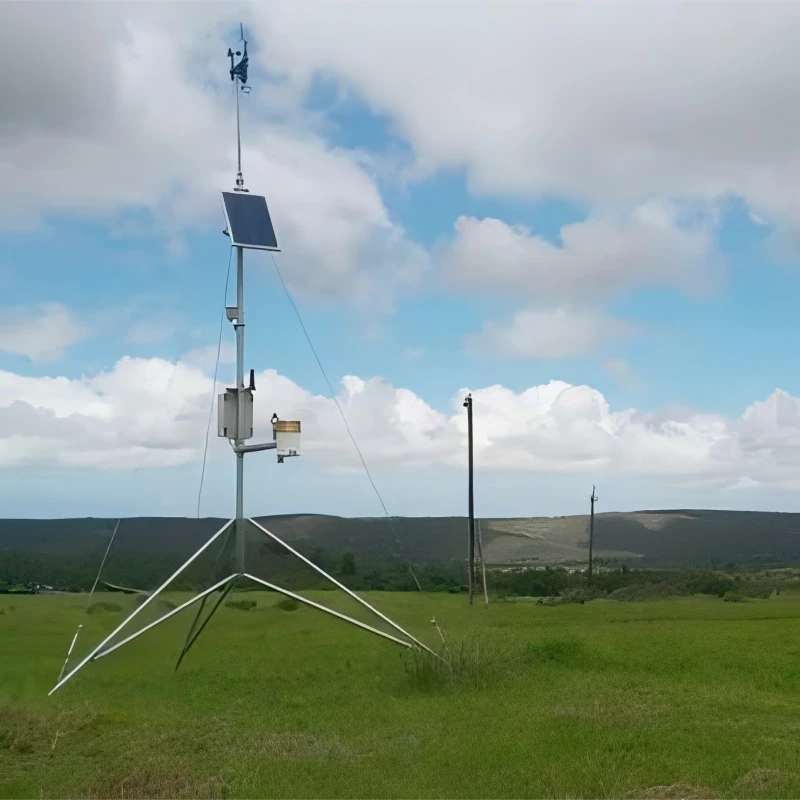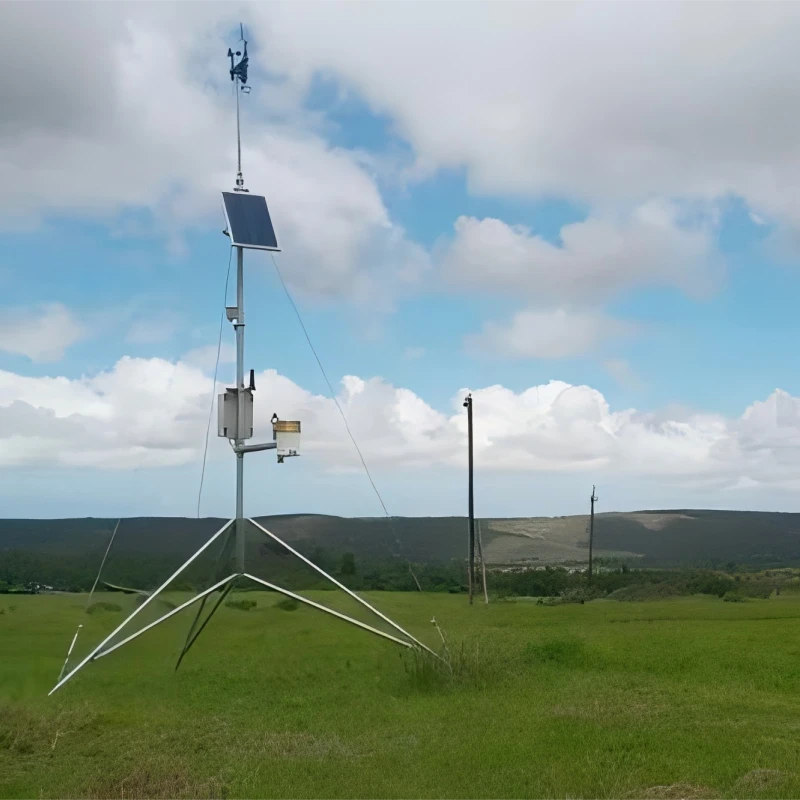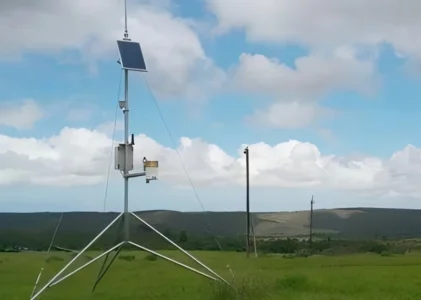
# Weather Measuring Instruments: Essential Tools for Accurate Forecasting
Weather forecasting has come a long way from relying solely on observations of the sky and wind patterns. Today, meteorologists use a variety of advanced weather measuring instruments to collect precise data, enabling them to predict weather conditions with remarkable accuracy. These tools are indispensable for understanding atmospheric changes and providing timely forecasts that impact daily life, agriculture, and disaster management.
## The Importance of Weather Measuring Instruments
Accurate weather forecasting relies on the ability to measure and analyze atmospheric conditions. Weather measuring instruments provide critical data on temperature, humidity, wind speed, precipitation, and air pressure. This information helps meteorologists create models that predict future weather patterns. Without these tools, forecasting would be far less reliable, leaving us vulnerable to unexpected storms, heatwaves, or other extreme weather events.
## Key Weather Measuring Instruments
### 1. Thermometer
The thermometer is one of the most fundamental weather instruments. It measures air temperature, which is essential for understanding daily weather conditions and long-term climate trends. Modern thermometers use digital sensors for greater accuracy and real-time data collection.
### 2. Barometer
A barometer measures atmospheric pressure, which is a key indicator of upcoming weather changes. A sudden drop in pressure often signals an approaching storm, while high pressure typically indicates clear skies. Barometers are crucial for short-term weather predictions.
### 3. Anemometer
Wind speed and direction are measured using an anemometer. This instrument helps meteorologists track wind patterns, which are vital for predicting storms, hurricanes, and other wind-related phenomena. Anemometers are often paired with wind vanes to provide comprehensive wind data.
### 4. Hygrometer
Humidity levels are measured using a hygrometer. This instrument is essential for understanding how much moisture is in the air, which affects everything from human comfort to the likelihood of precipitation. Hygrometers are particularly important in regions prone to fog or heavy rainfall.
### 5. Rain Gauge
A rain gauge measures the amount of precipitation over a specific period. This data is critical for assessing water resources, predicting floods, and managing agricultural irrigation. Modern rain gauges can automatically record and transmit precipitation data.
### 6. Weather Balloons
Weather balloons carry instruments called radiosondes into the upper atmosphere. These devices measure temperature, humidity, and pressure at various altitudes, providing a vertical profile of the atmosphere. This information is invaluable for creating accurate weather models.
## The Role of Technology in Modern Weather Measurement
Advancements in technology have revolutionized weather measuring instruments. Automated weather stations, satellite imagery, and radar systems now provide real-time data on a global scale. These tools allow meteorologists to monitor weather patterns continuously and issue warnings for severe weather events with greater precision.
For example, Doppler radar can detect the movement of precipitation, helping forecasters predict the path and intensity of storms. Similarly, satellites provide images of cloud cover, storm systems, and even ocean temperatures, offering a comprehensive view of global weather conditions.
## Conclusion
Weather measuring instruments are the backbone of accurate forecasting. From simple thermometers to sophisticated satellite systems, these tools provide the data needed to understand and predict the ever-changing atmosphere. As technology continues to evolve, so too will our ability to forecast weather with even greater accuracy, ensuring we are better prepared for whatever Mother Nature has in store.
Keyword: weather measuring instruments

